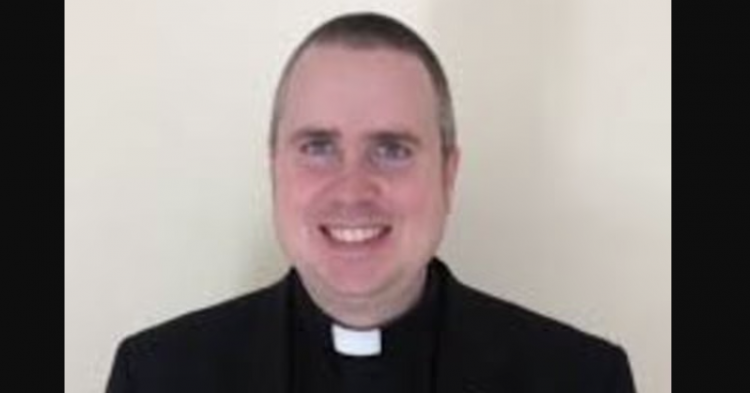Father Thomas McHale, a 53-year-old American priest, delivered a Good Friday sermon at Our Blessed Lady Immaculate Church in Blackhill, Consett, County Durham that has left his congregation buzzing. But it wasn’t the typical Sunday sermon they were used to. Father McHale shared a bold claim about the crucifixion of Jesus Christ that has ignited a fierce debate.

During his sermon, Father McHale suggested that, due to the traumatic nature of crucifixion, Jesus would have experienced an erection at the time of his death. This shocking statement, intended to highlight the physical suffering of crucifixion, left the approximately 100 parishioners, including young families, feeling uncomfortable and unsettled.
Now, let’s dig deeper into this matter. It’s no easy task for clergymen to make theological discussions engaging while maintaining proper decorum. Father McHale’s comments highlight the delicate balance that must be struck. It serves as a reminder that when discussing the physical realities of scripture, it is essential to approach the subject with respect and sensitivity – something that seemed to be lacking in this particular sermon.
And if you thought this was the only peculiar incident involving the church this year, think again. Recently, a Catholic ministry had to discontinue an AI priest named Father Justin, who had offered some eccentric and awkward suggestions, such as baptizing a baby in Gatorade and providing unconventional marriage advice. These incidents underscore the broader challenges that religious communities face in integrating technology into spiritual guidance and interpreting sacred texts in today’s world.
The controversies surrounding Father McHale’s sermon and the AI priest Father Justin represent the obstacles that religious communities face in navigating an ever-changing landscape. It is crucial to handle matters of faith and scripture with tact and sensitivity to avoid causing unnecessary offense or sensationalism. However, these incidents may serve as a catalyst for deep and meaningful conversations about how crucial aspects of Jesus’s life, like crucifixion, are taught and understood in modern times.
For the local community and the church, Father McHale’s sermon was more than just an uncomfortable moment in the pews; it sparked a much-needed period of reflection. The discussion of sacred topics does not have to cross into the realm of sensationalism or offensiveness. By approaching these subjects with care, sensitivity, and inclusiveness, the church may find new and more thoughtful ways of engaging with age-old stories, ensuring their continued relevance and meaning.
As the church navigates these challenging waters, it becomes evident that a delicate balance must be struck between tradition and sensitivity towards a diverse congregation. Perhaps, in the end, this controversy will lead to a deeper understanding of how to approach and discuss sacred matters, setting a precedent for a more meaningful and respectful future.
